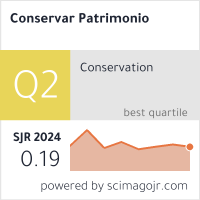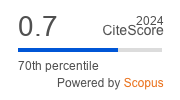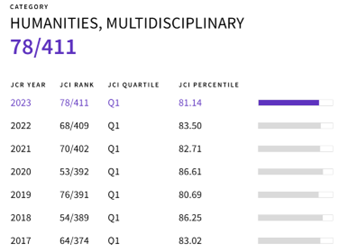Synthetic-coated fabrics: challenges and conservation strategies
DOI:
https://doi.org/10.14568/cp47fm2Abstract
Synthetic-coated fabrics are composed of at least two layers: a textile or leather substrate, and a top coating made of a synthetic polymer. These coated fabrics are a large class of materials, with a huge variety of appearances, stratigraphies, and chemical compositions, for example: wet-, metal- or leather-look surfaces; and very simple or more complex stratigraphies that can include a top coating, adhesive layer, foam layer, and textile substrate. These fabrics are commonly found in fashion, design, and art collections, but also in technical, scientific, and industrial collections worldwide.
The goal of this issue is to advance and disseminate knowledge regarding the preservation and conservation challenges of synthetic-coated fabrics. Due to their complex, composite nature and susceptibility to decay – still scarcely explored in conservation literature – these materials present difficult and unprecedented challenges for conservators, curators, and scientists.
Downloads

Downloads
Published
How to Cite
Issue
Section
License
This work is distributed under a Creative Commons Attribution License (CC BY-NC-ND 4.0) which permits use, distribution, and reproduction in any medium following no commercial or derivatives, provided the original author and source are credited.
Copyright remains with the authors.






